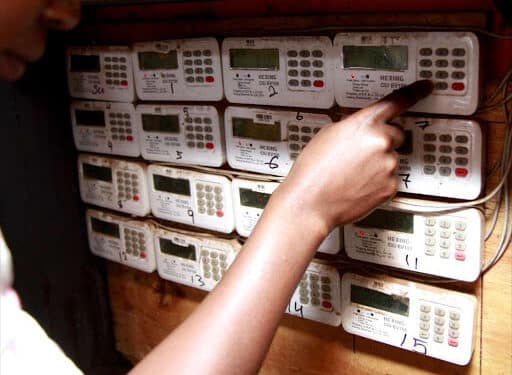The Kenya Power and Lighting Company (KPLC) has finally clarified why some customers receive fewer electricity tokens than their neighbours, even after paying the same amount.
In a statement posted on its official Facebook page on Friday, October 10, 2025, the company dismissed claims of favouritism in token allocation. Kenya Power explained that the variation in tokens arises from the different tariff categories assigned to customers based on their electricity consumption patterns over time.
“There is no favouritism. Kenya Power categorises customers into different tariffs based on monthly consumption patterns after three consecutive months, through automatic reclassification,” the company stated.
Understanding the Tariff System
Kenya Power outlined three main domestic tariff categories:
- Lifeline Tariff: Applies to households consuming 0–30 units per month.
- Domestic Ordinary 1 (DO-1): Covers those using 31–100 units monthly.
- Domestic Ordinary 2 (DO-2): For customers consuming over 100 units each month.
The utility firm noted that when a customer’s consumption exceeds a tariff limit for three consecutive months, they are automatically reclassified to the next level. This means that two customers paying the same amount could receive different token values, depending on their consumption history.
“If a customer consumes more than 30 units for three months in a row, they move from the Lifeline Tariff to DO-1. The higher the tariff, the fewer tokens one gets for the same amount,” Kenya Power added.
How to Save on Electricity Bills
Experts advise customers to monitor their usage and adopt energy-saving practices such as switching off unused appliances, using energy-efficient bulbs, and unplugging electronics when not in use.
These measures can help households remain within lower tariff brackets, ultimately reducing their monthly bills.
Kenya Power further assured customers of continued improvements in service delivery and urged them to seek clarification through official communication channels whenever in doubt.

